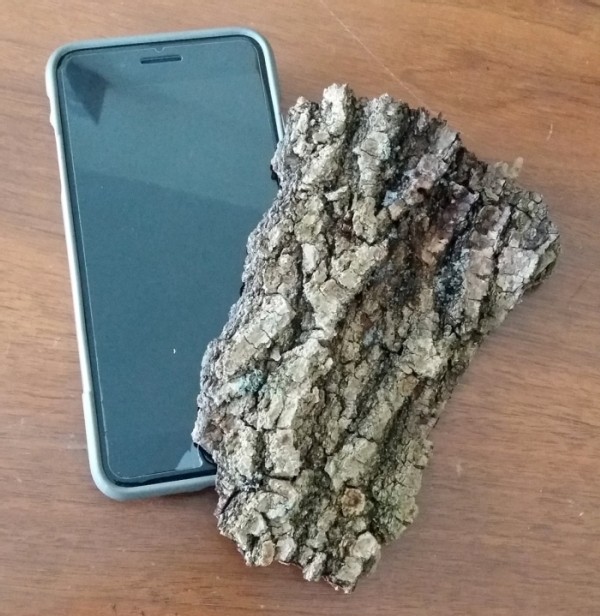Back in the old days, there were printed field guides. The more comprehensive the guide, the heavier it was to lug around the woods. People left them at home. When they were out in the woods and encountered a mystery tree or odd plant, they told themselves that they would remember its features and look it up later. They didn’t.
Then the smartphone revolution happened. Early reference apps offered an easy-to-carry alternative to books. However, they had many of the same limitations as printed guides. They often provided just one image of a species. They tended to rely on the binary key system for identification, requiring users to have access to multiple parts of the plant.
Now there are apps that use the power of phones to do something not possible previously: identify a species simply by taking its picture. LeafSnap was the early pioneer, and continues to be a great resource. However, it’s of limited usefulness in winter. Several companies have pushed the technology further, allowing for accurate identification from even casual snapshots of any part of the trunk, branches or leaves. They do this by comparing an image against “deep learning” databases.
Here is a list of apps to explore, based on recommendations from arborists and foresters.
App: Leafsnap
Platform: iOS
Plant Information: Just a short description; links to Wikipedia online
Database Size: 185 tree species (focusing on Northeast)
Observations: A good resource for trees, but does not cover other plants. Sometimes crashes on earlier iOS devices. Not Android compatible. Gives several options as a result, rather than a definitive ID, which can be good or bad. Its dataset for fruits, bark and flowers is relatively small (100-300 images total per species).
App: Pl@ntNet
Platform: iOS, Android and online
Plant Information: Data table; links to Wikipedia online; innumerable pictures of fruits, bark, leaves, flowers, etc.
Database Size: over 23,000 species worldwide
Observation: Very accurate; has website version with same functionality; takes full advantage of crowdsourcing, with contributions from thousands of people along with a validation process to winnow out incorrect entries.
App: PlantSnap
Platform: iOS and Android
Plant Information: Short description and data table
Database Size: Over 625,000 trees, plants, mushrooms, “and more.”
Observations: The app stands out for its accuracy, and its extensive species list; however, its interface is a bit clunky.
App: PictureThis
Platform: iOS and Android
Plant Information: Lengthy descriptions with detailed data table and many images
Database Size: Over 10,000 trees, plants and mushrooms
Observations: Very accurate generally, with easy interface. It includes tree care information and has slick social media features allowing sharing of observations.



Discussion *